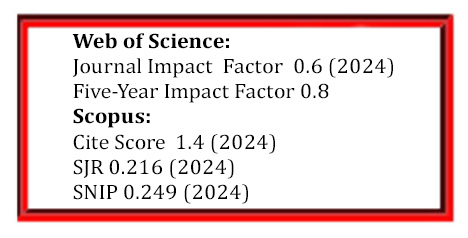Personalized Electronic Signature Technology Based on Stress Luminescent Materials
DOI:
https://doi.org/10.5755/j02.ms.39962Keywords:
electronic seal, electronic signature, anti-counterfeiting, stress luminescent materials, NaNbO3:Pr3Abstract
Electronic signatures play a crucial role in verifying signer identities, but their lack of personalized information increases the risk of forgery. To address this issue, a stress luminescent material based on NaNbO3:Pr3+ was developed and applied in anti-counterfeiting devices. Experimental results demonstrate that compared to undoped NaNbO3, the Pr3+-doped material exhibits new absorption peaks within the 350 – 500 nm range. The stress luminescence intensity of the material increases initially and then decreases with rising annealing temperatures and Pr3+ doping concentrations. The optimal annealing temperature and doping concentration, yielding the highest stress luminescence intensity, were identified as 1075 °C and 0.7 %, respectively. Additionally, while the luminescence intensity of NaNbO3:Pr3+ diminishes with repeated friction, its luminescent performance is restored after UV irradiation. In anti-counterfeiting device testing, the device incorporating 1075 °C annealed NaNbO3:0.7 %Pr3+ was able to effectively capture variations in the writer’s force during the writing process. This capability reflects the writer's unique writing habits, thereby enhancing the anti-counterfeiting effectiveness of electronic signatures. These findings indicate that the proposed NaNbO3:Pr3+ stress luminescent material can effectively encode personalized information in electronic signatures, significantly improving their anti-counterfeiting performance.
Downloads
Published
Issue
Section
License
The copyrights for articles in this journal are retained by the author(s), with first publication rights granted to the journal. By virtue of their appearance in this open-access journal, articles are free to use with proper attribution in educational and other non-commercial settings.



